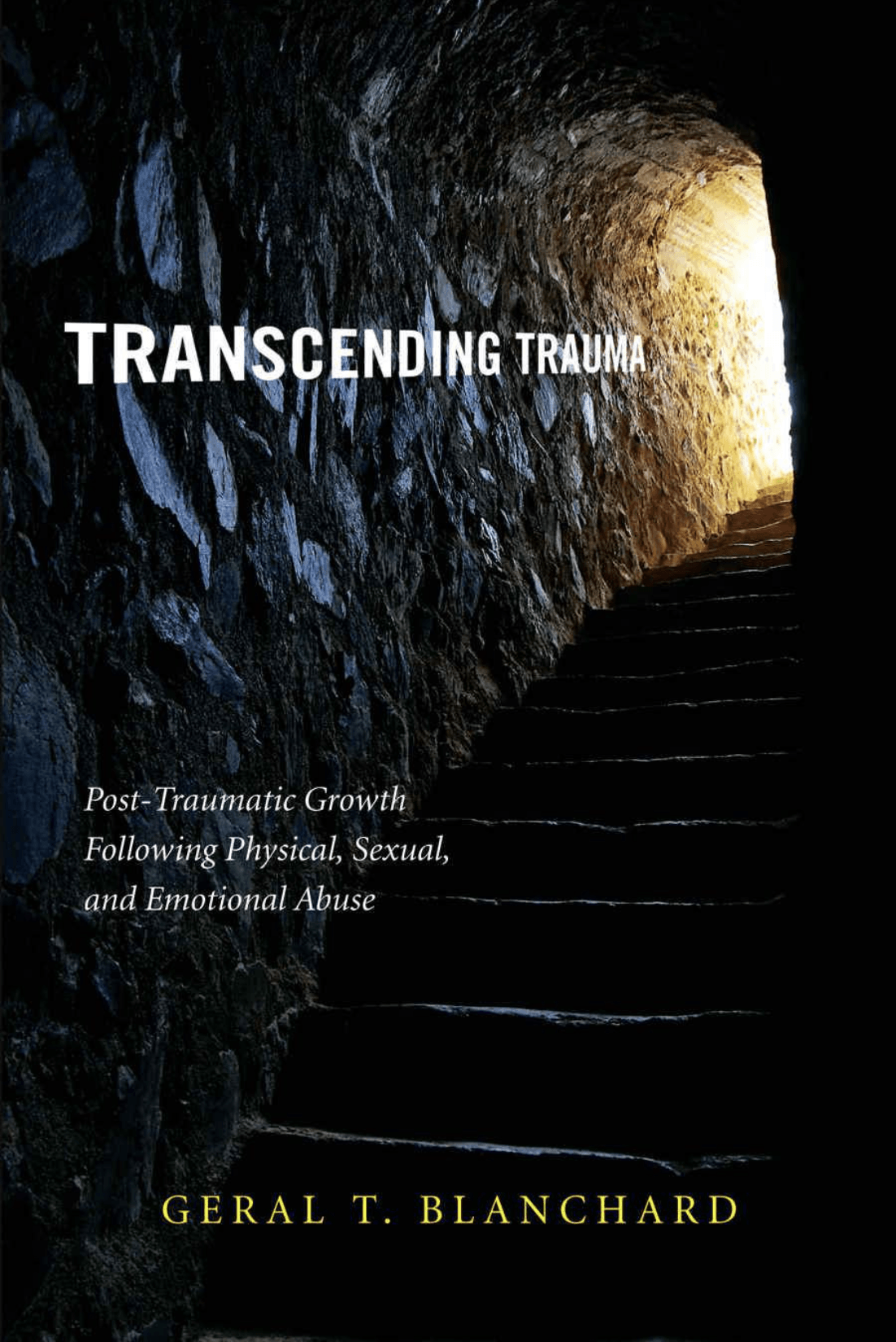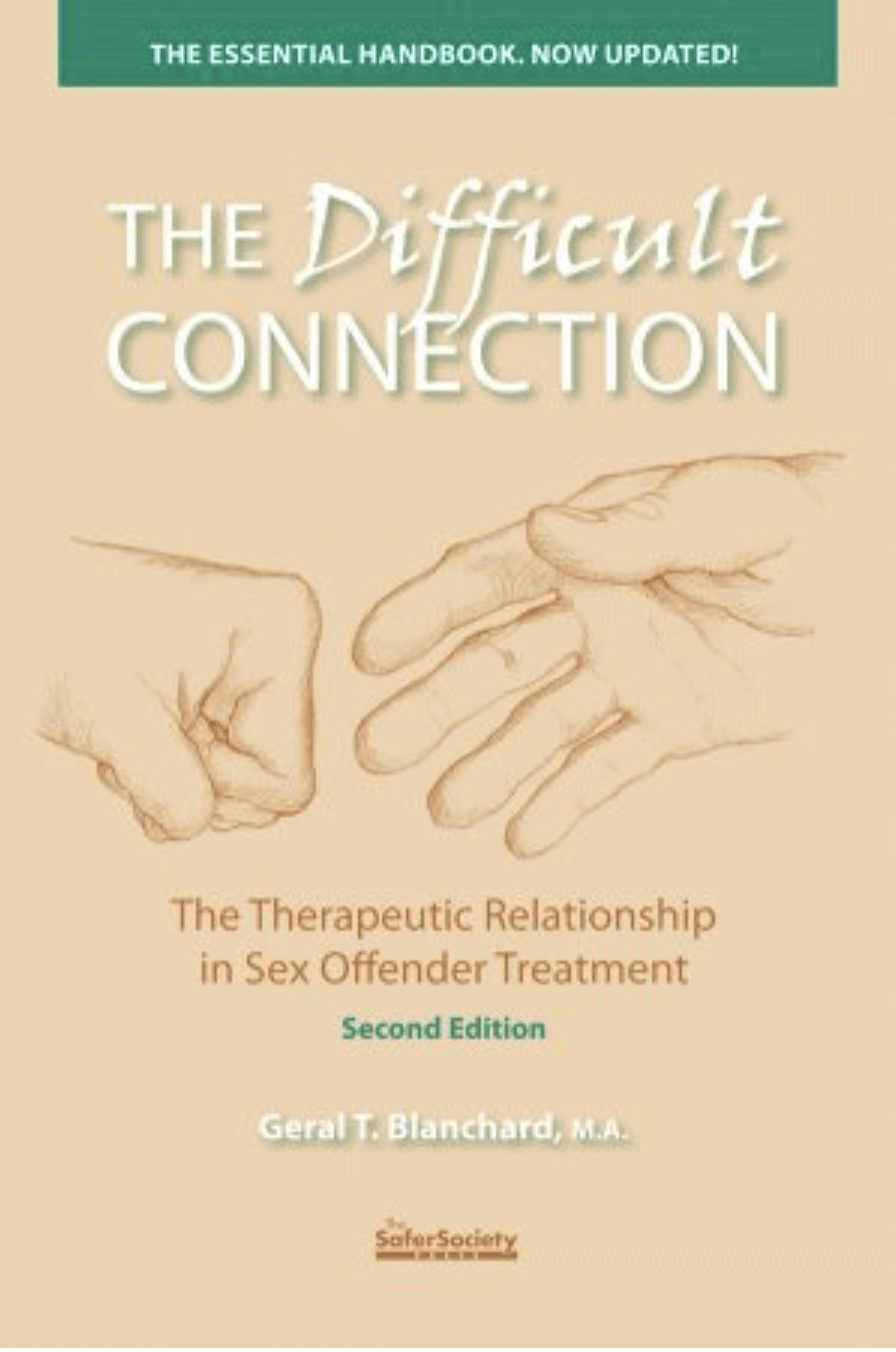Geral Blanchard, LPC, is a psychotherapist who is university trained in psychology and anthropology. Formerly of Wyoming and currently residing in Iowa, Geral travels the world in search of ancient secrets that can augment the art and science of healing. From Western neuroscience to Amazonian shamanism, he has developed an understanding of how to combine old and new healing strategies to optimize recovery, whether from psychological or physical maladies.
MDMA - Rest as Self-Compassion
If a person was emotionally neglected as a child, or psychologically abused over their life-span, it would not be surprising to find their self-respect to be tenuous.
It may be difficult to conceptualize what healthy self-love looks like in a culture like ours, one that is so narcissistic.
As Tricia Hersey suggests in her book Rest is Resistance: A Manifesto, it is difficult to be kind to ourselves by simply resting as that can feel indefensible in a culture that is so fast-paced, capitalistic, and performance oriented. For many of us, we can only conceive of ourselves as worthwhile if there is enough evidence – accomplishments and/or wealth – to support the conclusion.
Personal value, all too often, is conflated with work output. And when we rest, it is frequently done with the intent of readying ourselves for more work, which translates to more profit, and more social acceptance. So who, or what, is driving this self-abuse?
Hersey is the founder of what she calls The Nap Ministry. She strongly believes that, like a political movement, we must become more uncompliant and resist unwelcome and unsupportive pressures – whether from family, culture, or even ourselves – that keep us performing, producing, and working our bodies until they collapse on us. As I was pithily counseled after a long period of massive work production (“serving”) and marathon running (“recreation”), “Death will be Nature’s way of telling you to slow down.” After physically collapsing, I understood the message, sorta.
Hersey’s words: “Stand up for yourself by laying down,” especially before your body makes the decision in the absence of guidance from your mind. A migraine may be the first big clue that you are operating under someone else’s set of rules. Hersey advises us to reclaim our inner authority, our personal sense of agency.
Planned resting is regenerative, not just for the lower body, but the brain as well.
Danes tend to promote this healthy habit with a notion called hygge. They believe there comes a time after incessantly serving others that our time must come. This Danish concept suggests the dogma encompassing laziness can be hazardous to our health as it can propel us into a work frenzy.
After an MDMA treatment (or three) patients often speak of inhabiting a new internal atmosphere. A more comfortable space in their mind, in their thinking. It comes after reflecting on well-established life patterns and unexamined relationship influences. The healing process allows a heart generative expansion that can lead to the conclusion: I am entitled to a little more hygge and self-care.
I have warm memories of such moments after working several long and challenging days in Sweden. One is of ending workdays with a long and relaxing sauna. Another time it involved a “forest bath,” a hike when I encountered a regal moose, and feeling quite contented, returned to my brother’s home to start a fire and jointly prepare some fish stew of cod and salmon. I found all of it to be healing and restorative, yet I noted how disinclined I was to maintain similar hygge upon returning home to Wyoming. It was if I needed a fellow conspirator’s approval in the resistance. We must personally and internally seize permission to be who we truly are with far less deference, far less acquiescence.
One salient goal of an MDMA treatment is to examine our lifestyle. With it comes a reflection on the dogmatic rules that propelled us onto this unhealthy path, a path of personal infidelity. And if the MDMA ceremony had some honoring rituals – chocolate bath, candles burning, prayerfulness, massage, and a feast afterward – part of the essential medicine, the medicine that walks, is received outside of a capsule.
Connie Zweig, in
The Inner Work of Age: Shifting from Role to Soul, summarized a patient’s experience after intensive psychotherapeutic treatment. She wrote: “Paula saw that caregiving contains many pairs of opposites that, at times, feel like they were pulling her apart: doing/being, obligation/choice, resisting/accepting, dependent/independent, and especially self/other. Eventually, she learned to recognize when she moved into one side and fell into identification with it. Slowly, she expanded to hold the tension of these opposites and to witness them from a broader vantage point.” That is “the way of it” when we stop, get off the crazy train, and self-examine.
*********
Other Topics
Basics of MDMA
Rituals and Ceremony
Brain and MDMA
Trauma
Heart
Energy Movement
Quantum Physics
Native Cosmologies
Nature
Spirituality/Enlightenment
Kogi Tribe
Books written by Geral T. Blanchard
More Articles



















